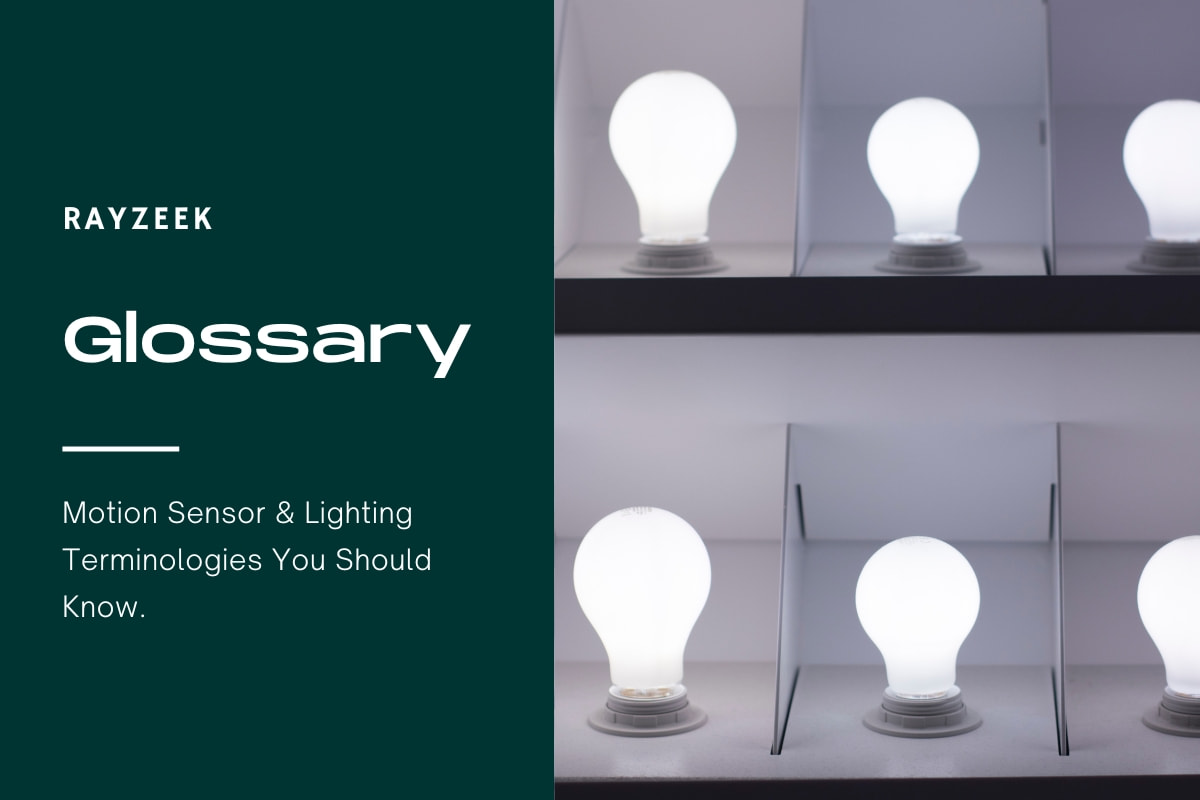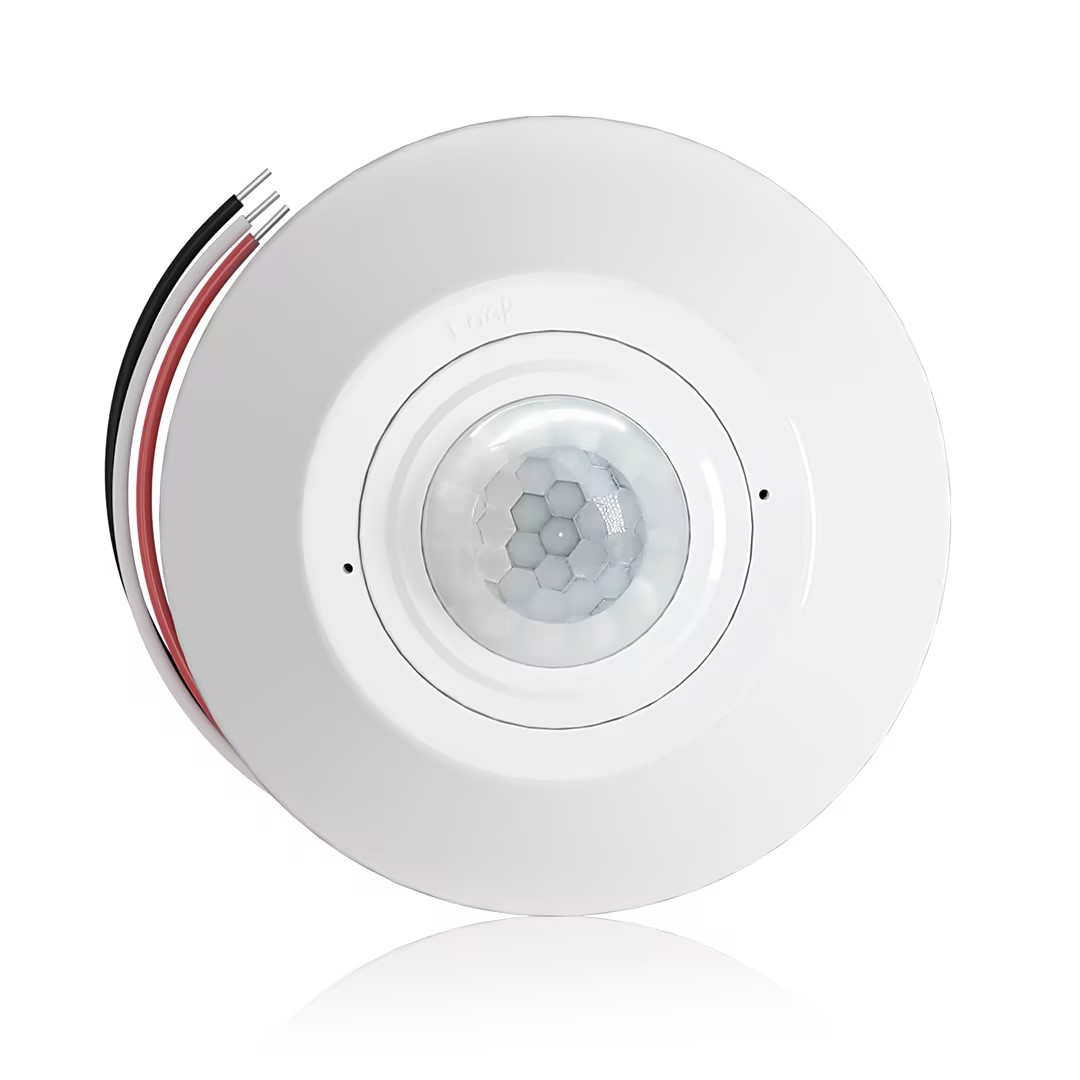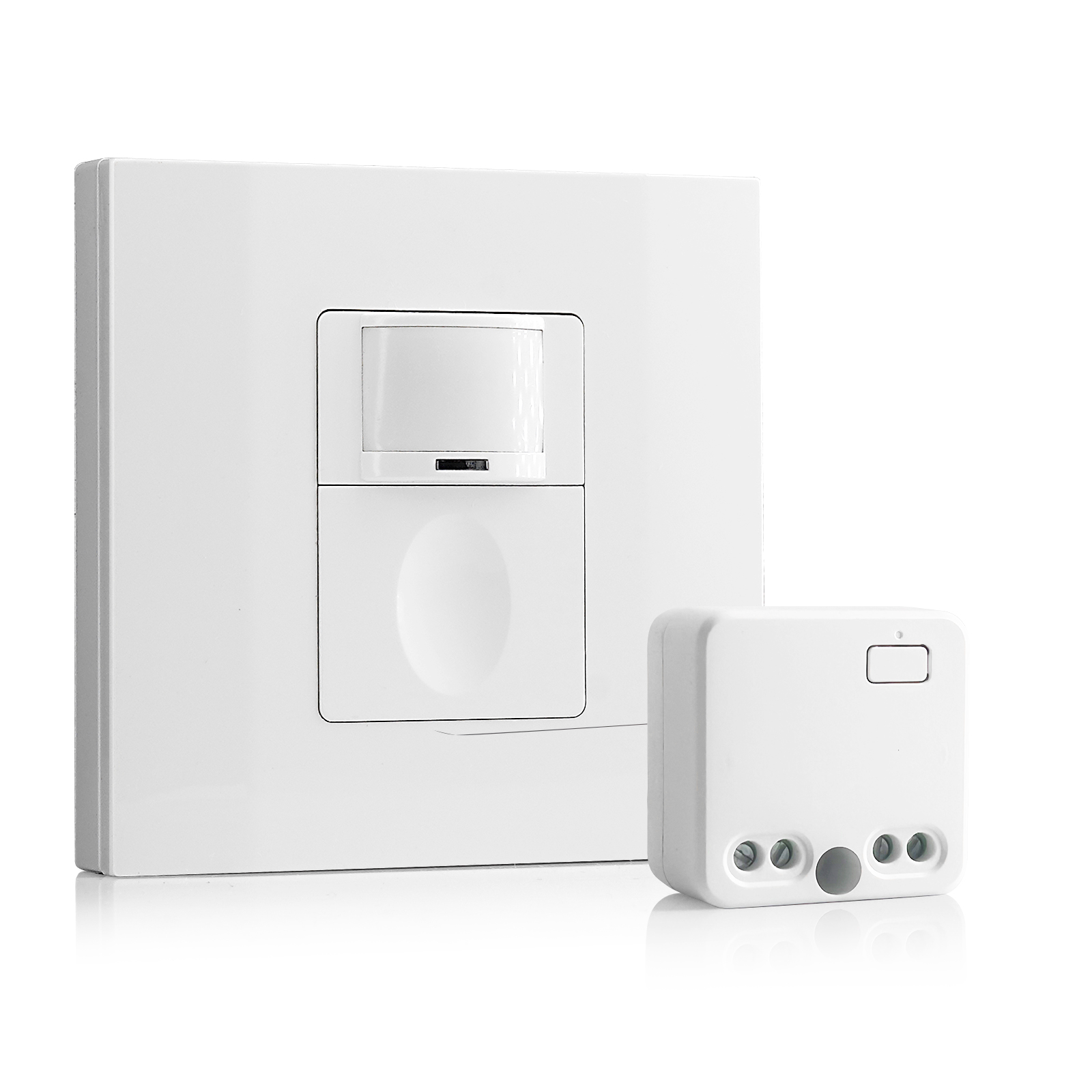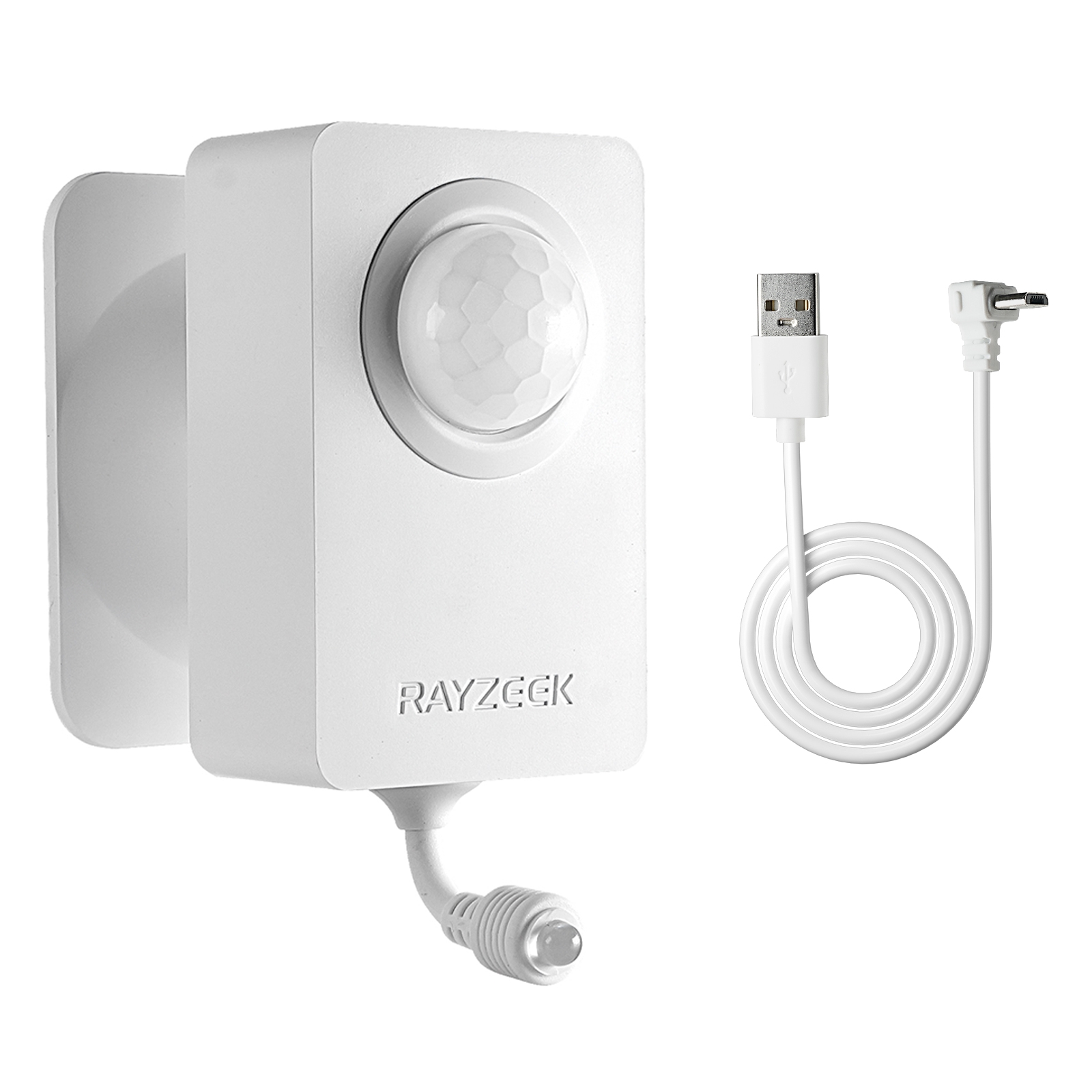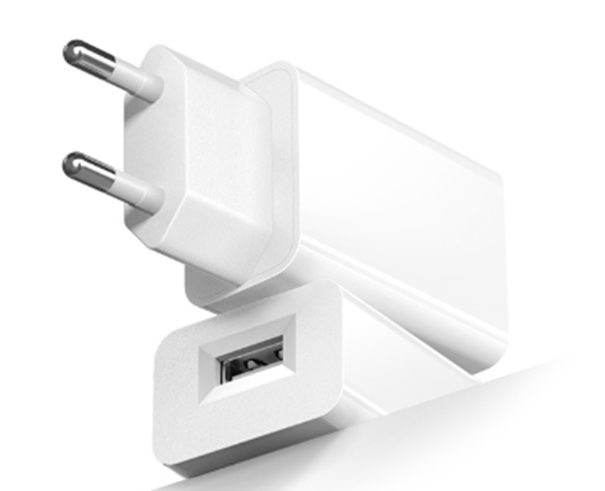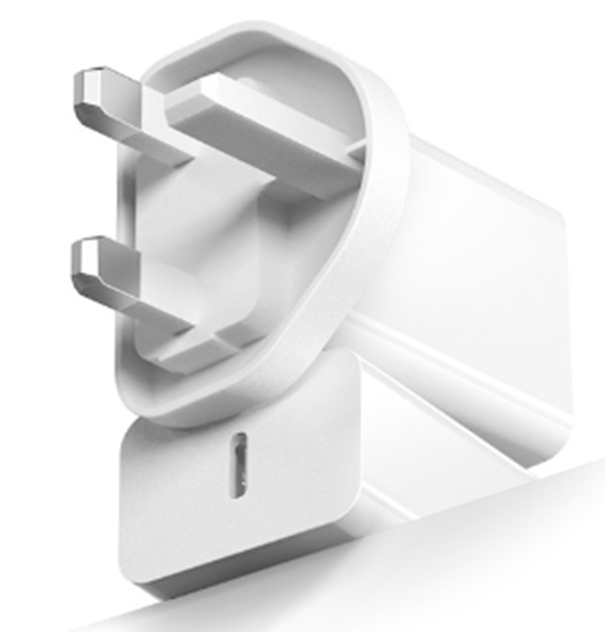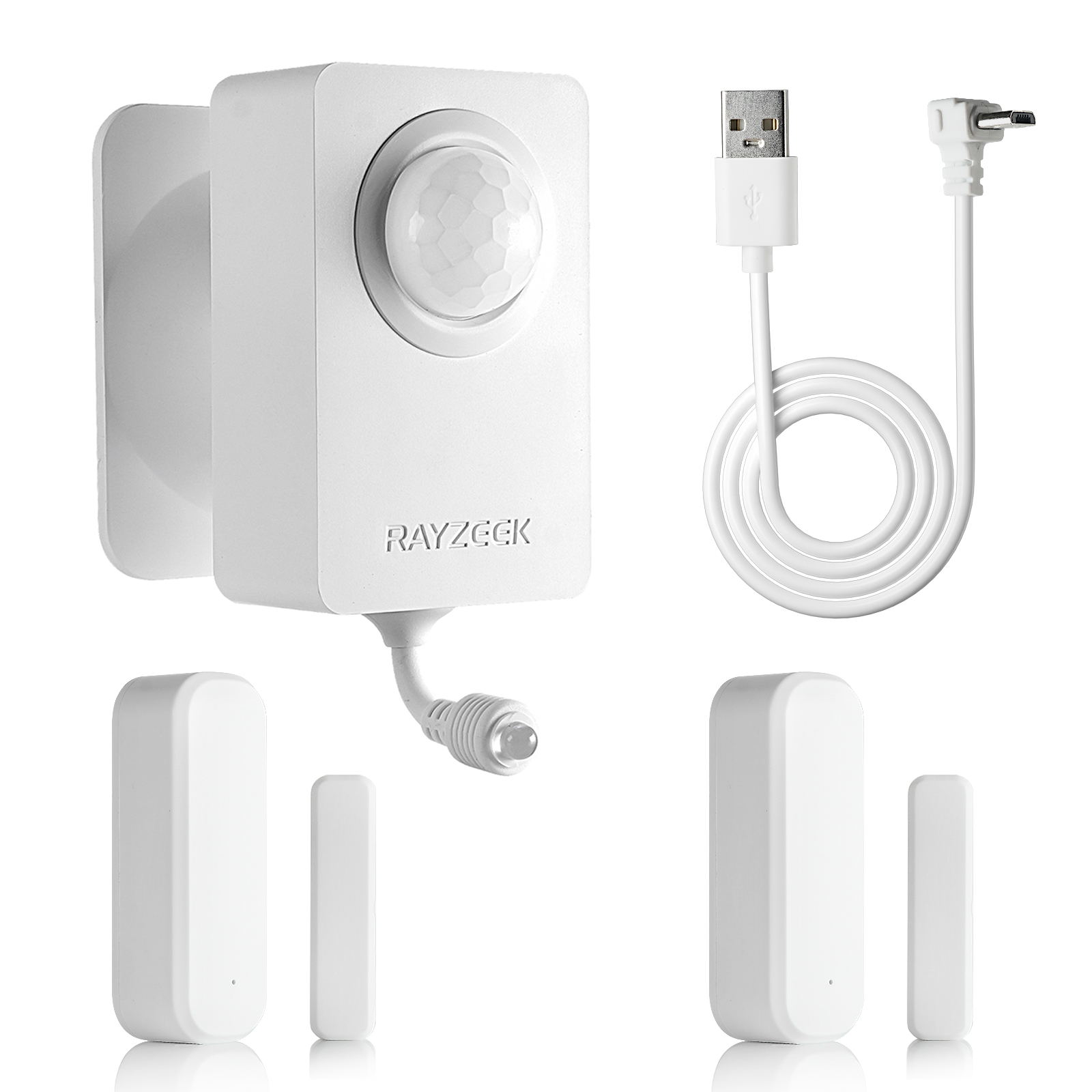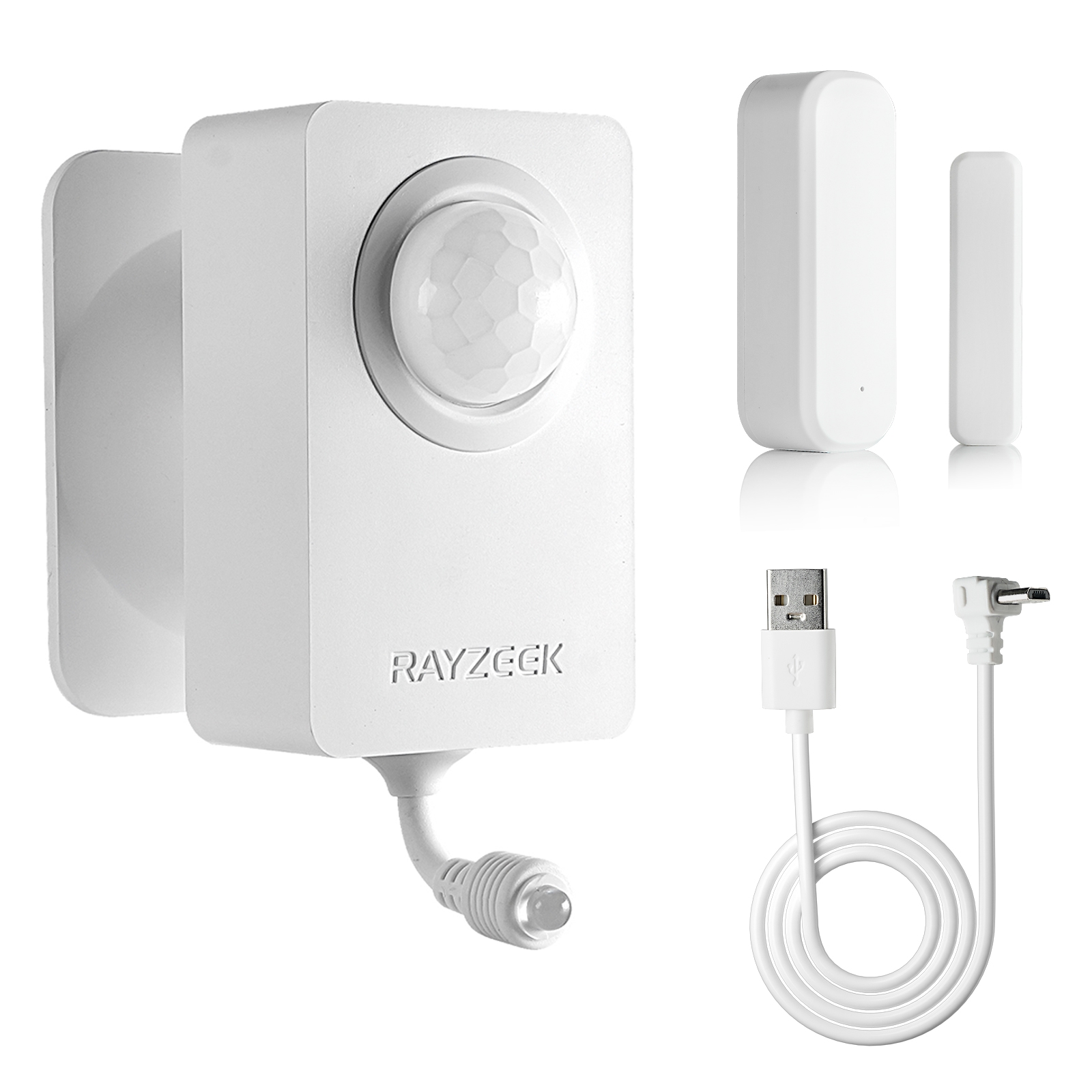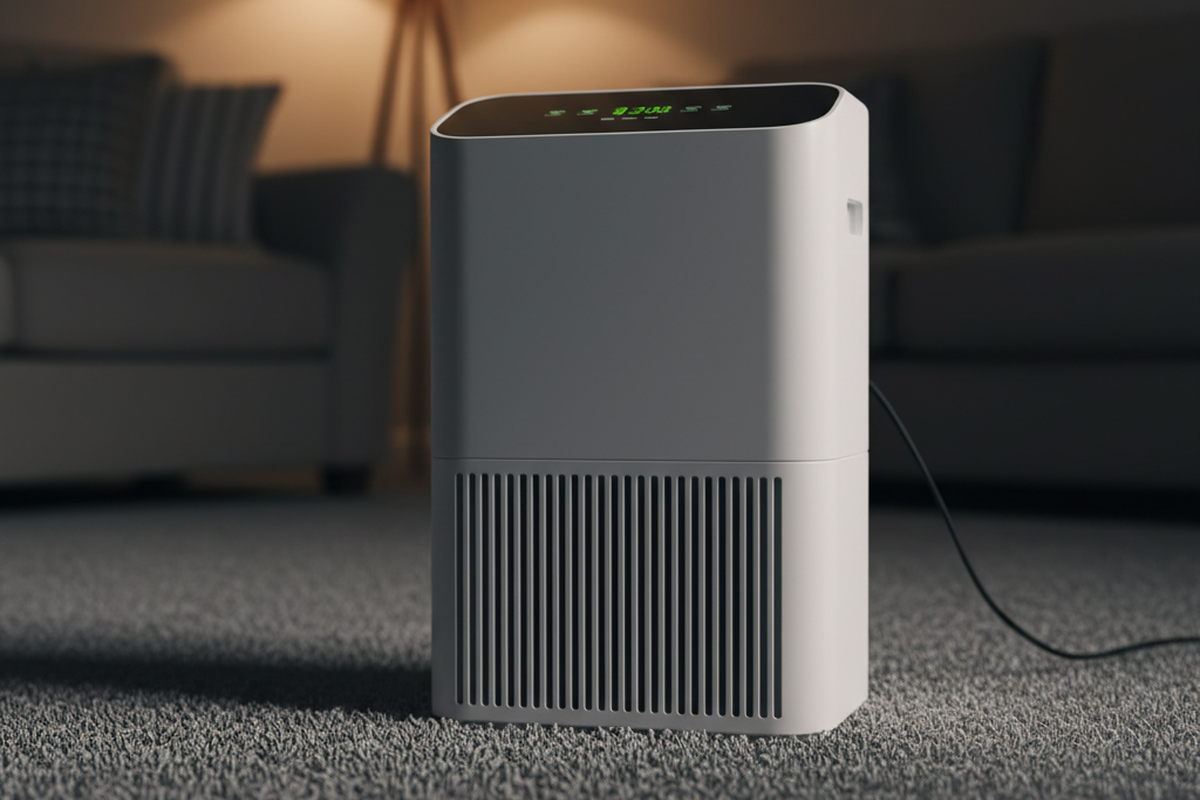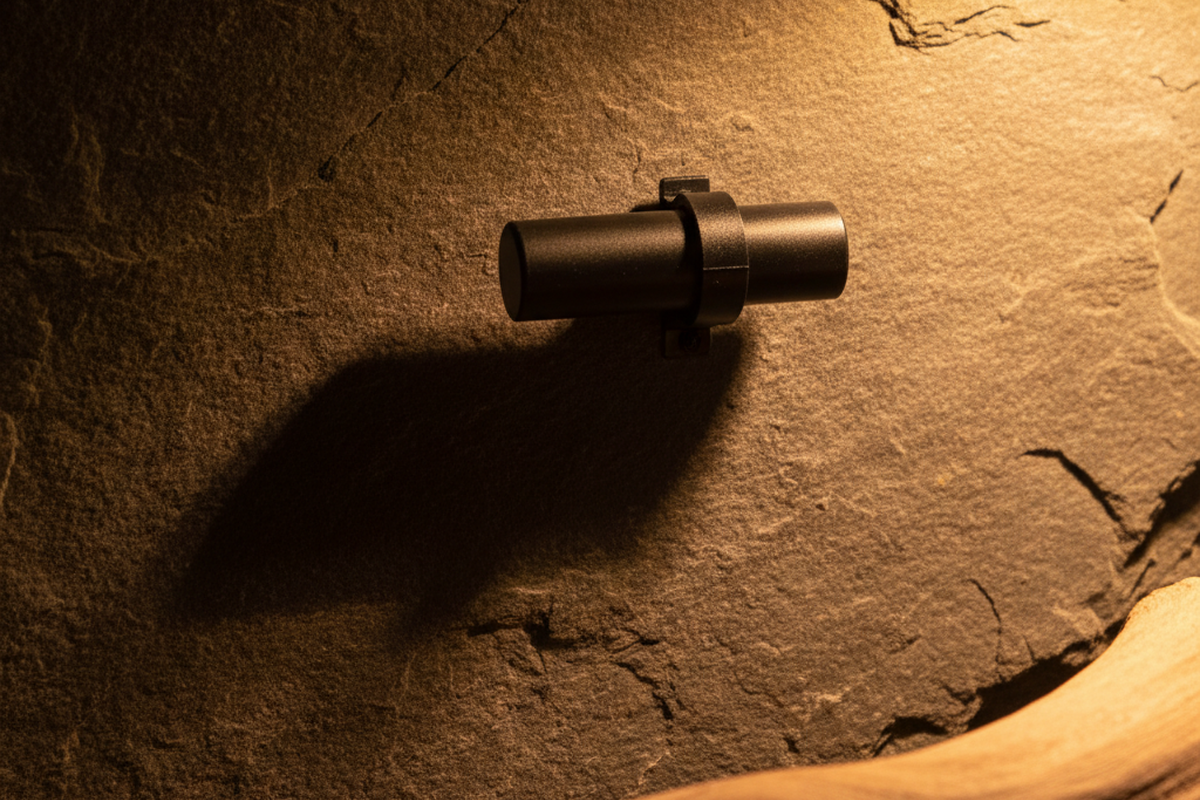Co je stmívání triakem
Stmívání triakem, známý také jako stmívání s fázovým řezem, je metoda používaná v osvětlovacím průmyslu k. nastavení jasu světel, zejména žárovky nebo halogenová světla. Jedná se o použití stmívače TRIAC, což je specializovaný stmívač. elektrický spínač navržený speciálně pro řízení výkonu přenášeného do žárovky. Manipulací s úhlem vedení TRIAC lze zvýšit nebo snížit množství energie přicházející do žárovky, což vede k odpovídající změně jasu.
Inspirujte se portfoliem pohybových senzorů Rayzeek.
Nenašli jste to, co jste chtěli? Nebojte se. Vždy existují alternativní způsoby řešení vašich problémů. Možná vám pomůže některé z našich portfolií.
Fungování stmívače TRIAC je založeno na konceptu stmívání s fázovým řezem, kdy "spouštěč" určuje, v jakém bodě střídavého průběhu začne zařízení vést elektrický proud. Tím se průběh napětí účinně "rozseká", čímž se sníží napětí přiváděné do žárovky, a tím se světlo ztlumí. Rychlost, s jakou spínač reaguje, určuje množství uvolněného výkonu, což umožňuje přesnou kontrolu nad úroveň stmívání.
Stmívání triakem se běžně používá v obytných budovách a umožňuje pohodlně nastavit úroveň osvětlení podle osobních preferencí nebo specifických požadavků. Nabízí výhody, jako je energetická účinnost, protože snížení výkonu dodávaného do žárovky může vést k potenciálním úsporám energie. Kromě toho lze triakové stmívače použít k řízení výkonu motorů, což z nich činí univerzální zařízení v oblasti osvětlení.
Možná máte zájem o
Zatímco triakové stmívání je vhodné pro odporové zátěže, jako jsou žárovky nebo halogenová světla, nemusí být kompatibilní se světelnými zdroji LED bez použití dalších komponent. Řešení LED světelných zdrojů vyžadují pečlivé zvážení a použití triakových polovodičových součástek speciálně navržených pro stmívání LED, aby byl zajištěn správný výkon a dlouhá životnost LED světelných zdrojů.
Často kladené otázky
Jaký typ stmívání je pro LED nejlepší
Nejvhodnější možností stmívání pro LED žárovky jsou stmívače se zadní hranou, zatímco stmívače s přední hranou jsou kompatibilnější s běžnými žárovkami a halogenovými žárovkami.
Jaký je rozdíl mezi stmívačem LED a normálním stmívačem
Vzhledem k tomu, že LED diody mají ve srovnání s žárovkami výrazně nižší příkon, nabízejí stmívače se stahovací hranou kompatibilnější rozsah příkonu, což zajišťuje optimální výkon a dlouhou životnost stmívatelných LED světel.
Potřebují světla LED stmívače ELV
Zatímco většina integrovaných LED diod vyžaduje použití stmívače ELV, některé evropské značky využívají systém 0-10 V.
Co se stane, když použijete stmívač pro LED světla
Po instalaci stmívače určeného speciálně pro světla LED si zlepšíte zážitek z osvětlení. Tento moderní stmívač je navržen tak, aby efektivně řídil tok elektřiny do LED žárovek, což vám umožní snadno nastavit úroveň jasu a vytvořit požadovanou atmosféru ve vašem prostoru.
Jaký typ stmívače musí mít stmívací předřadník
U zářivek je nutný stmívací předřadník. Společnost Lutron, která před třemi desetiletími představila první elektronický stmívací předřadník, nyní nabízí širokou škálu zářivkových stmívacích předřadníků a ovládacích prvků pro podporu svých komplexních zářivkových stmívacích systémů.
Co je hlavní příčinou problémů při stmívání LED svítidel?
Problémy se stmíváním LED svítidel obvykle vznikají kvůli nedostatečné synchronizaci mezi LED svítidly a ovládacími prvky nebo stmívači. Pro úspěšné stmívání LED svítidel je zásadní zajistit správné spárování mezi svítidlem a ovládacími prvky.
Můžete ztlumit každou LED diodu
Ano, je možné ztlumit všechny LED diody, i když tento proces nemusí být vždy jednoduchý. Proveditelnost stmívání konkrétní LED lampy nebo svítidla se liší v závislosti na použitém ovladači pro jejich regulaci.
Šetří stmívače TRIAC energii
Stmívače TRIAC nejen šetří energii, ale také prodlužují životnost žárovek. Stmívače využívají spínače "Triac Switch", které rychle střídají zapnutí a vypnutí světelného obvodu, čímž účinně snižují spotřebu energie žárovky. Tento spínač může přerušit tok energie do svítidla až 120krát za sekundu.

